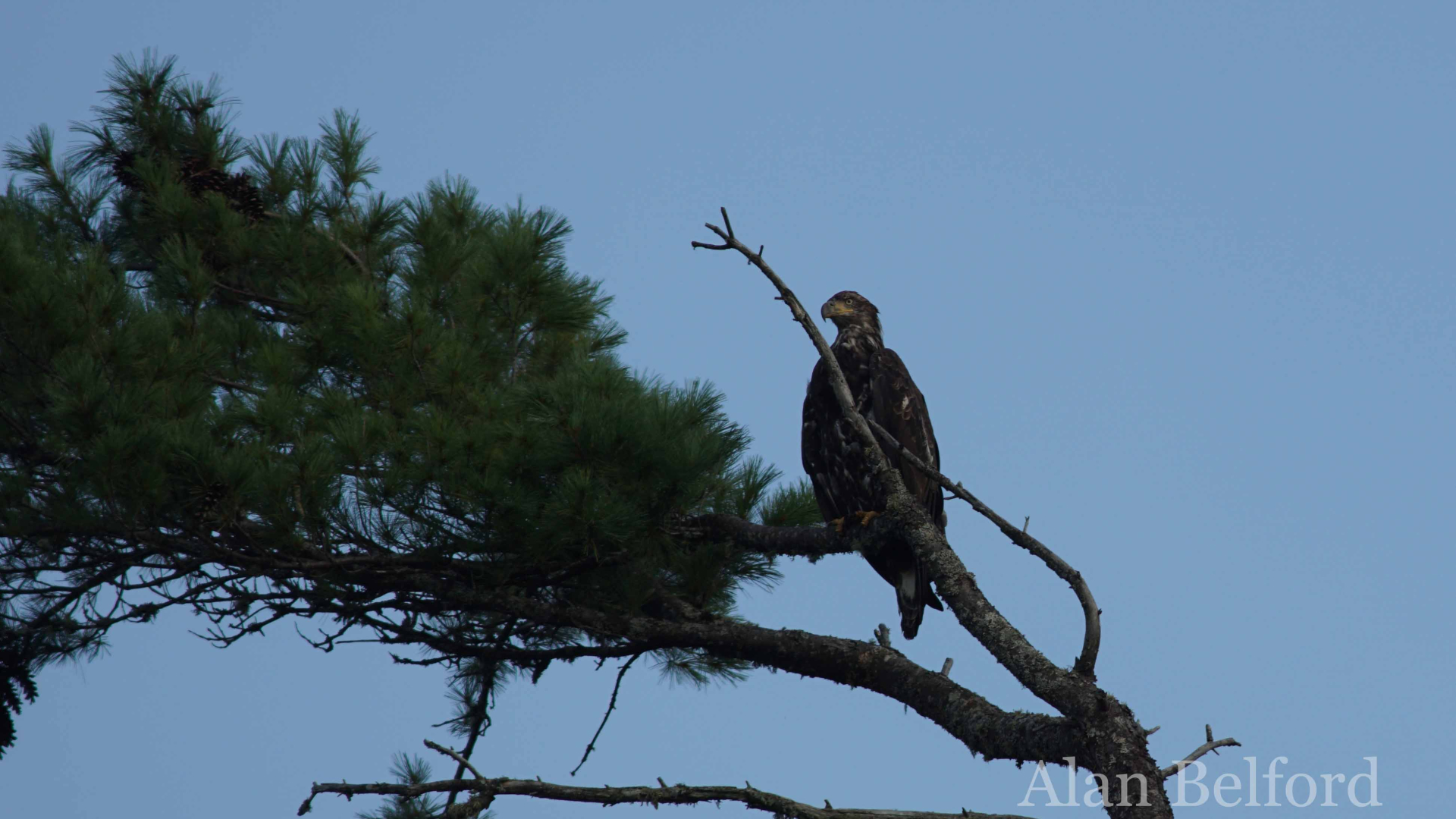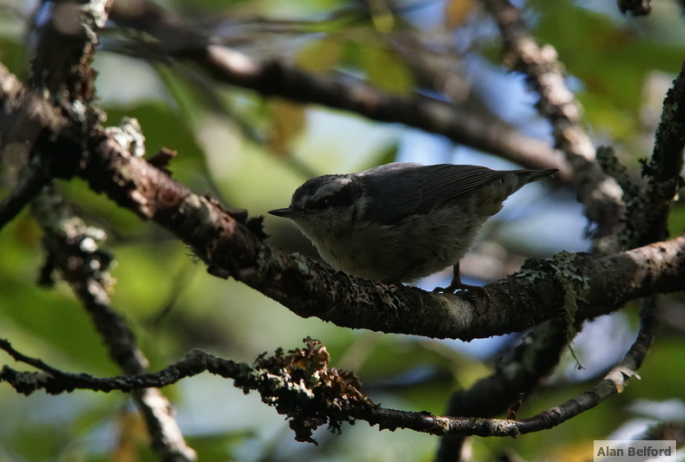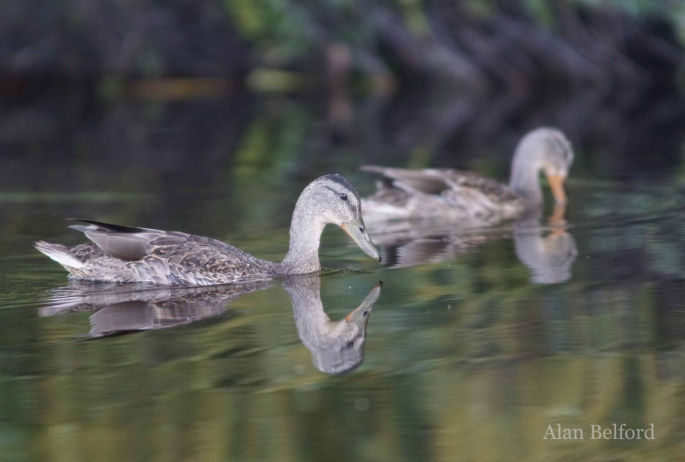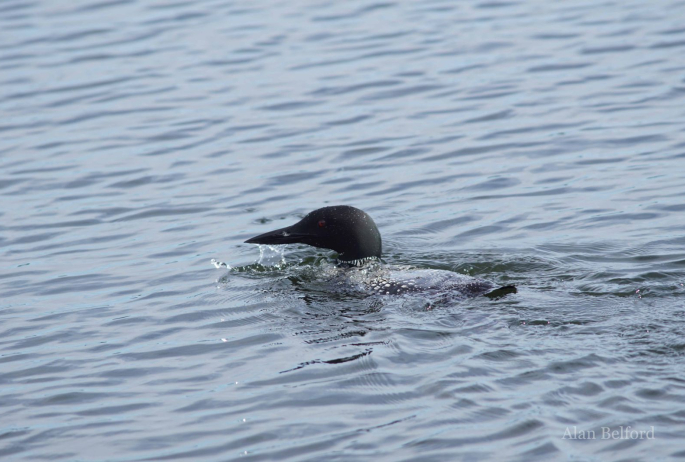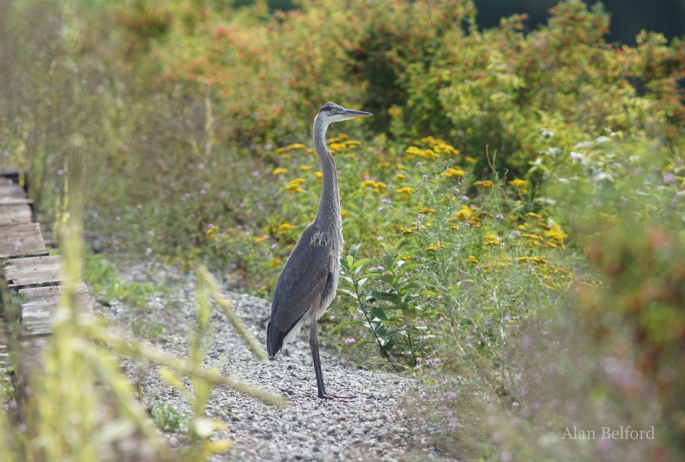A Place You have to Visit
Jones Pond is one of those places that requires a visit or two every year. And so, the other evening Wren and I could be found preparing to set off onto the small, intimate body of water. She played in the shallows while I unloaded the boat. Once ready I kicked us off from shore, spotting a Broad-winged Hawk disappear into the trees as I did. We could hear the voices of people enjoying their time at one of the campsites which dot the pond as we cut across it, making for the far side.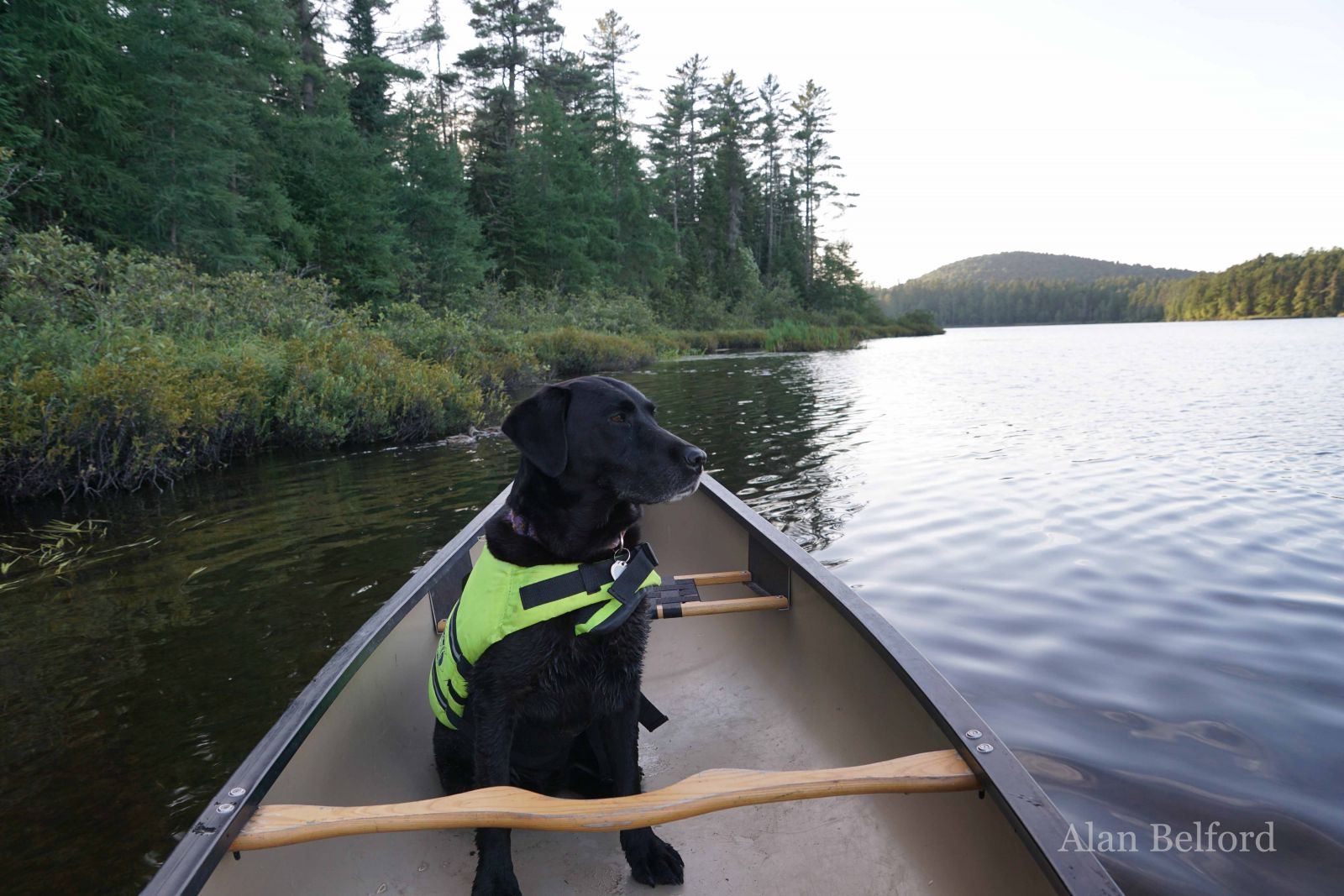
Birding Along the Route
We could hear the voices of birds as we hugged the shoreline, and our trip continued with Purple Finch, Red-breasted Nuthatch, Blue-headed Vireo, Red-eyed Vireo, Yellow-bellied Sapsucker, Northern Flicker, and Hairy Woodpecker. As we rounded a small cove, we came across a small cluster of Mallards which seemed not to care that we were there – perhaps they are used to people thanks to the small string of camps on the eastern shore of the lake, all of which were lit up by the low rays of the sun. I snapped a few photos of the ducks and Wren gave them a sideways glance, neither totally interested nor terribly distracted by them.
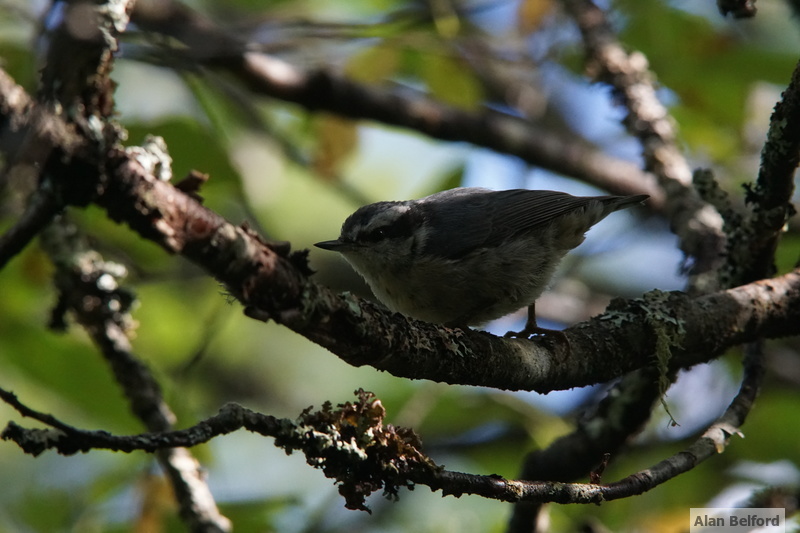
Further up in the marshy southeast corner of the pond, I could see another group of Mallards and at least one Wood Duck. The latter disappeared quickly into the weeds, and so I swung the boat around and we paddled the length of the lake with the camps on one side of us and the woods on the other.
I stopped again for the Mallards, when to my surprise I noticed an immature Bald Eagle sitting sentinel-like on the top of a tree directly above us and I turned my attention to it; the bird was seemingly unconcerned about any of the activity going on below it. We then headed toward the outlet which connects Jones Pond with Osgood Pond.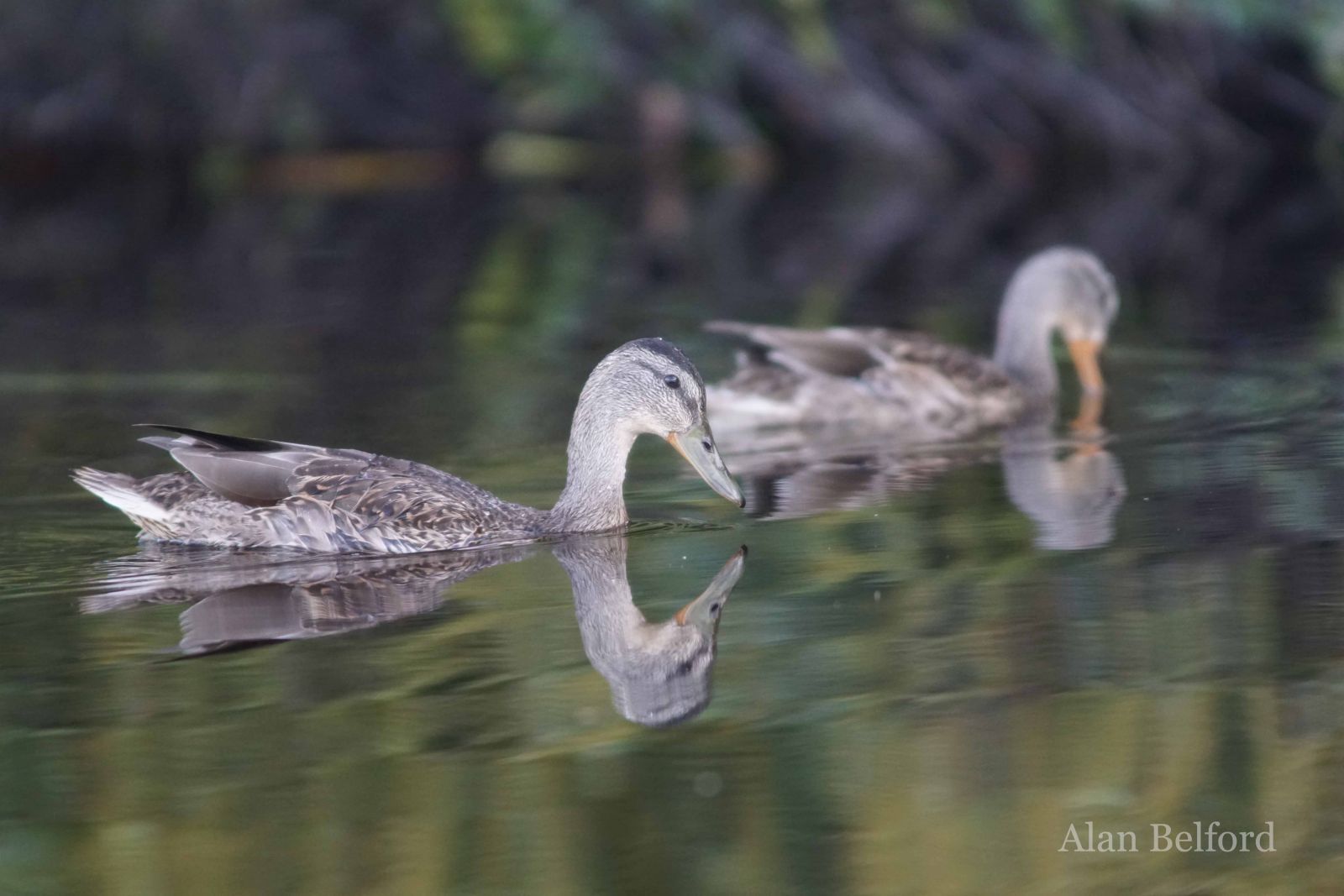
As we did a Common Loon began to call from the middle of the lake, its tremolos echoing off the surrounding hills as if the loon was having a conversation with itself. I paused from paddling, and Wren and I sat listening to it and its apparent desire to discuss the happenings of the day.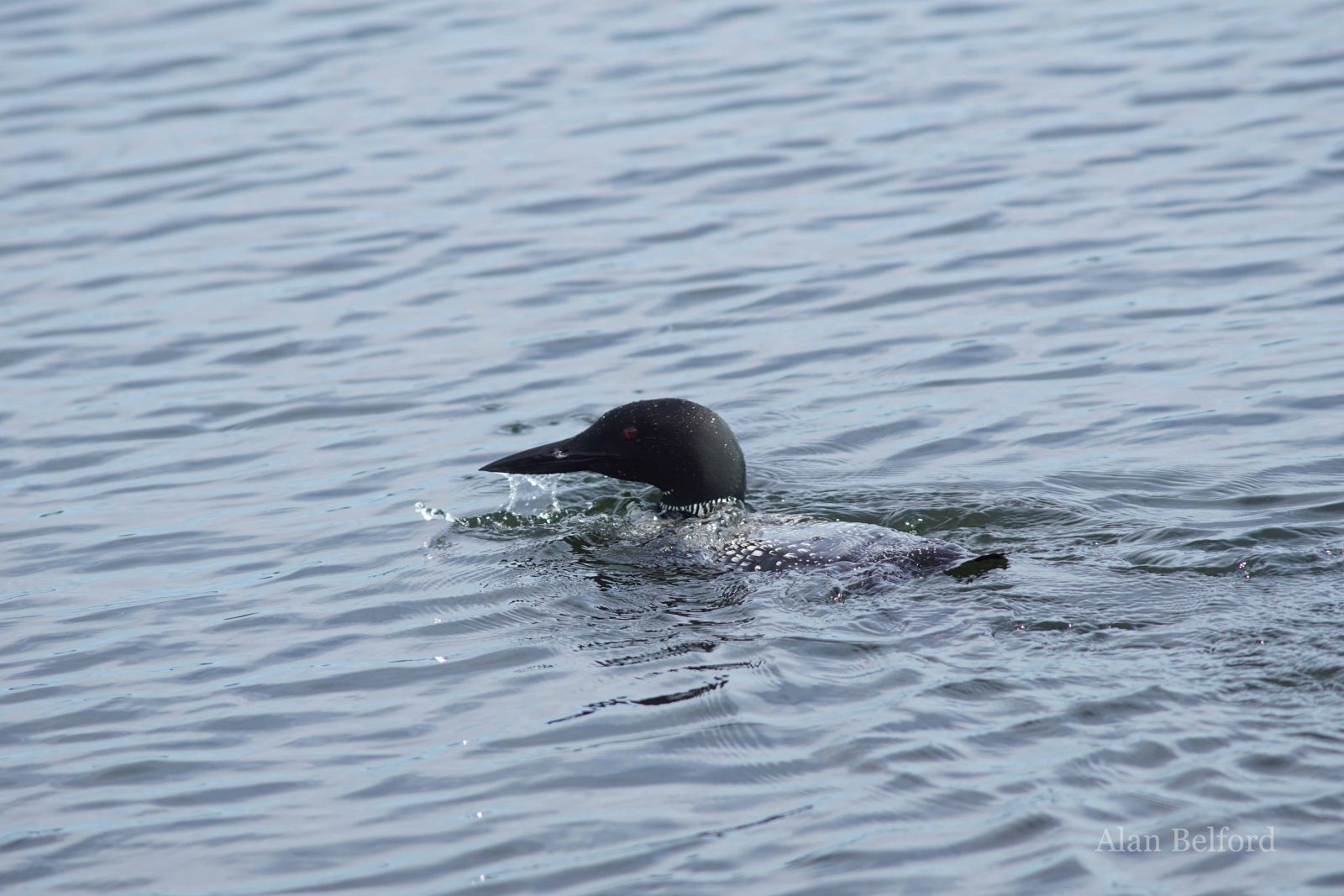
Eventually we moved on, the loon calls still reverberating across the landscape as we went. We continued to the marshy end of the pond – my favorite place to explore on Jones Pond – and we began to poke our way around the cattails. There were more Mallards, and then more Mallards, followed by still more Mallards, as well as a few Wood Ducks. But the Wood Ducks once again seemed to shy away from our approach even at a great distance, and so we skirted the area so as not to pester them.
Evening on the Water
We explored the reedy dead end cove of the marsh where a proud beaver lodge sits – I was hoping to find an American Bittern in the marsh. Instead we noted a couple Great Blue Herons as well as the scolding calls of Song Sparrows, Swamp Sparrows, and Common Yellowthroats. A couple Hermit Thrushes called from the neighboring woods, Cedar Waxwings hawked insects from an exposed perch, and a Belted Kingfisher flew from branch to branch chattering as an occasional Common Loon call reached our ears - evening on the water is always a peaceful time of day. Taking the ambience in, I moved quite slowly, but we eventually looped back to the outlet which we probed as far as the light allowed, spotting a Beaver heading out for its evening of construction work and eating – sounds like a usual workaday life.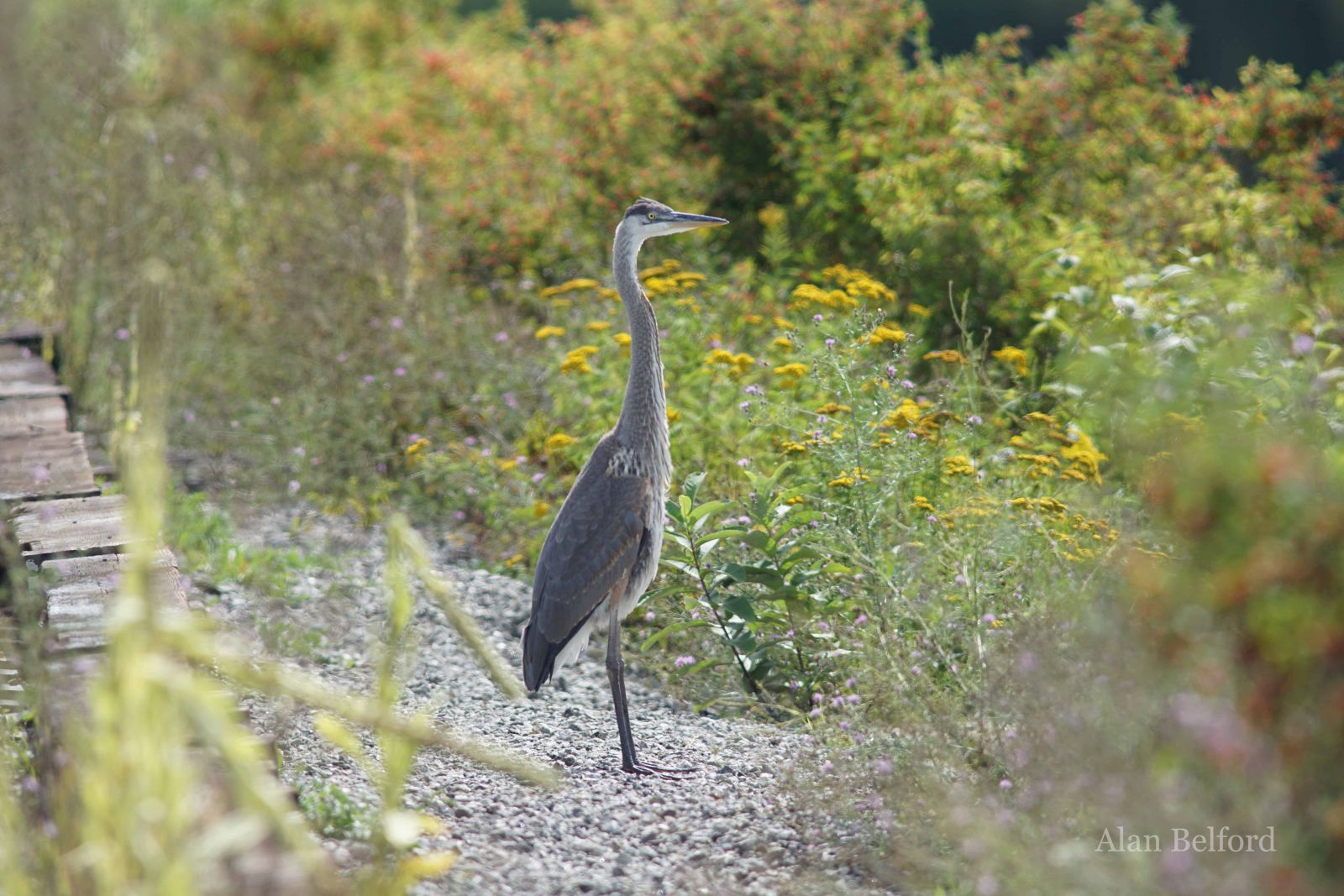
We also needed some food and I decided with the light getting low that we should turn around and wind back out of the outlet before it became too dark. As we reached the pond and came around a point of land to cut across the water and back toward the take-out, the calls of the distant, unseen Common Loon became louder, one final celebration of wildness on our short trip. We loaded up, and headed home for dinner.
Late summer and fall offer an amazing time of year to explore the natural world, and to go birding and paddling in the Adirondacks.
